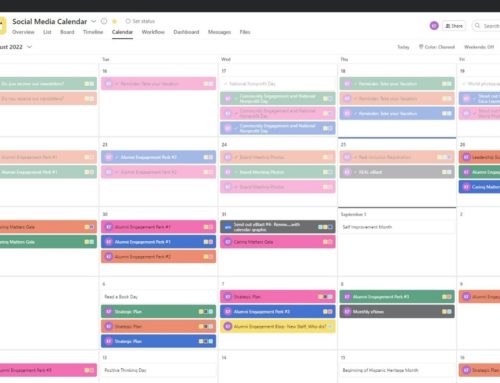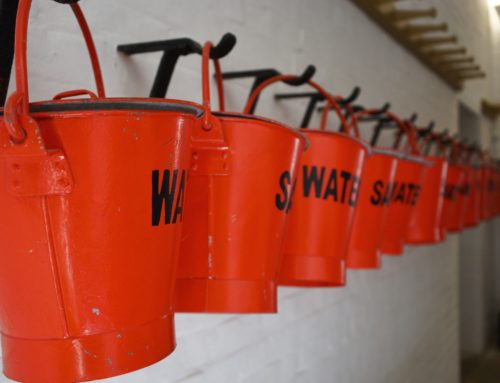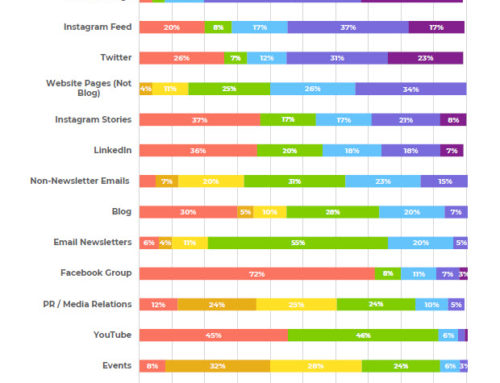
You know that an editorial calendar is a great tool, in theory. But for some organizations — especially those involved in advocacy and disasters — planning out content seems nearly impossible.
How can you plan when you are waiting on the unpredictable behaviors of a legislative or judicial body, on breaking news in a particular subject area or geographic location, or on natural or man-made disasters that may or may not occur?
I am here to tell you that even in these seemingly unpredictable times, you can still plan and use an editorial calendar.
When building an editorial calendar for the first time, I recommend using the rule of thirds: One-third of your calendar is filled with original or curated content, one-third is filled by repurposing the first third, and you leave the final third open for all of the stuff that comes up.
For the kinds of organizations we are talking about today where the work is unpredictable, instead of two-thirds planned and one-third open, they often need to go with an 80-20 rule. When something is happening, 80% of the calendar needs to be devoted to that breaking news. But when nothing is happening (or they are waiting . . . ), they have 80% of their calendar to fill.
That means the content that you do plan needs to be very adaptable and somewhat timeless or evergreen so it can be juggled around as needed.
I recommend that you start by identifying 3-5 core topics that you want to be known for. That means your name comes up with search engines and among the media and other influencers when these topics are discussed.
Just how specific you get is up to you, but I recommend shooting for the middle ground at first. So while “dogs” is too broad of a topic, and “West German Show Line” is too specific, “German Shepherds” is about right.
With your topics in mind, think of these five different types of content. All of them can be evergreen (shared whenever) or with a few tweaks, made to feel very timely.
1) Helpful Content
Think about how-to articles, top ten lists, reviews, case studies, FAQs, histories and other timeless content on your core topics that other people will find useful. You should be able to write several helpful pieces of content for each of your core topics.
2) Opinion Pieces
These can be long-form blog posts for your own site or places like Medium.com or op-eds submitted to media outlets. What values does your organization care about? What do you consider good and bad behavior or choices that others may be making? You should be able to write at least one opinion piece for each of your core topics.
These are also great to have “in the can” so that you can quickly edit them with a new lead paragraph and conclusion when breaking news happens. Odds are the bulk of your argument will be the same regardless of the specific details, and you simply need to customize it a bit to fit the breaking news situation.
3) Little Wins
I often see nonprofits waiting for The Big Win. But life — and your nonprofit’s work — are really a series of lots of little wins. But I’ve seen nonprofits go practically silent for YEARS waiting on the The Big Win. That’s a terrible approach. Step back and look at the little signs of progress along the way. Share those stories of the little wins too.
4) People Stories
Profiles on interesting people involved in your work are another great form of evergreen content. Get in the habit of interviewing at least one interesting character in your field once a month, and you’ll have lots of great people stories and quotes to use when you need them.
5) Curated Content
You don’t have to write it! Go back to your core topics and figure out who else is also a great source on each one. Share their content, with attribution. Add value of your own by organizing the information in a new way, or highlighting the “best of.”
See? You really can build an interesting and engaging editorial calendar even when everything is up in the air!
P.S. We are doing a six-week Nonprofit Marketing Accelerator course on integrating your email newsletter and social media content and marketing starting May 2.






